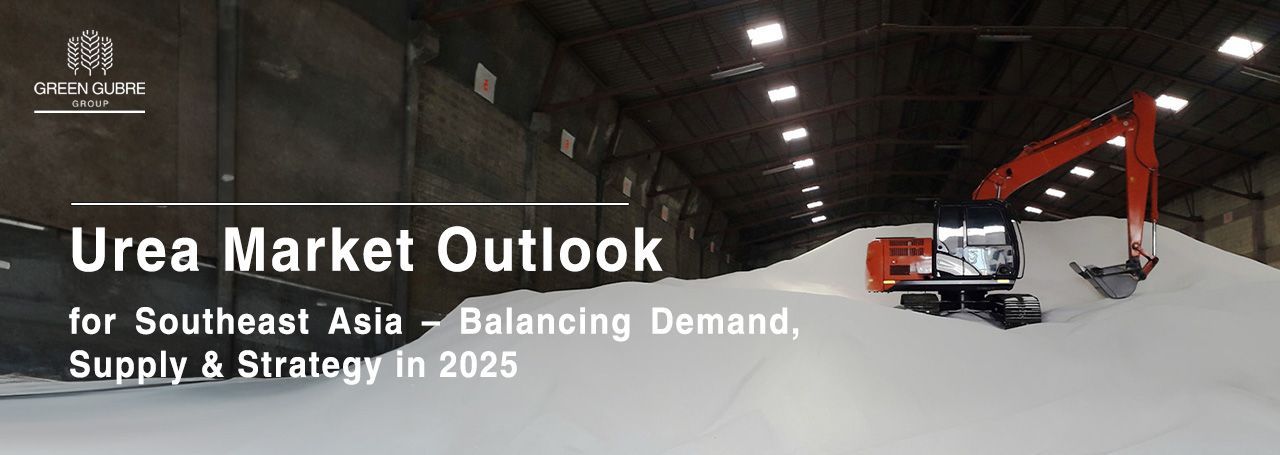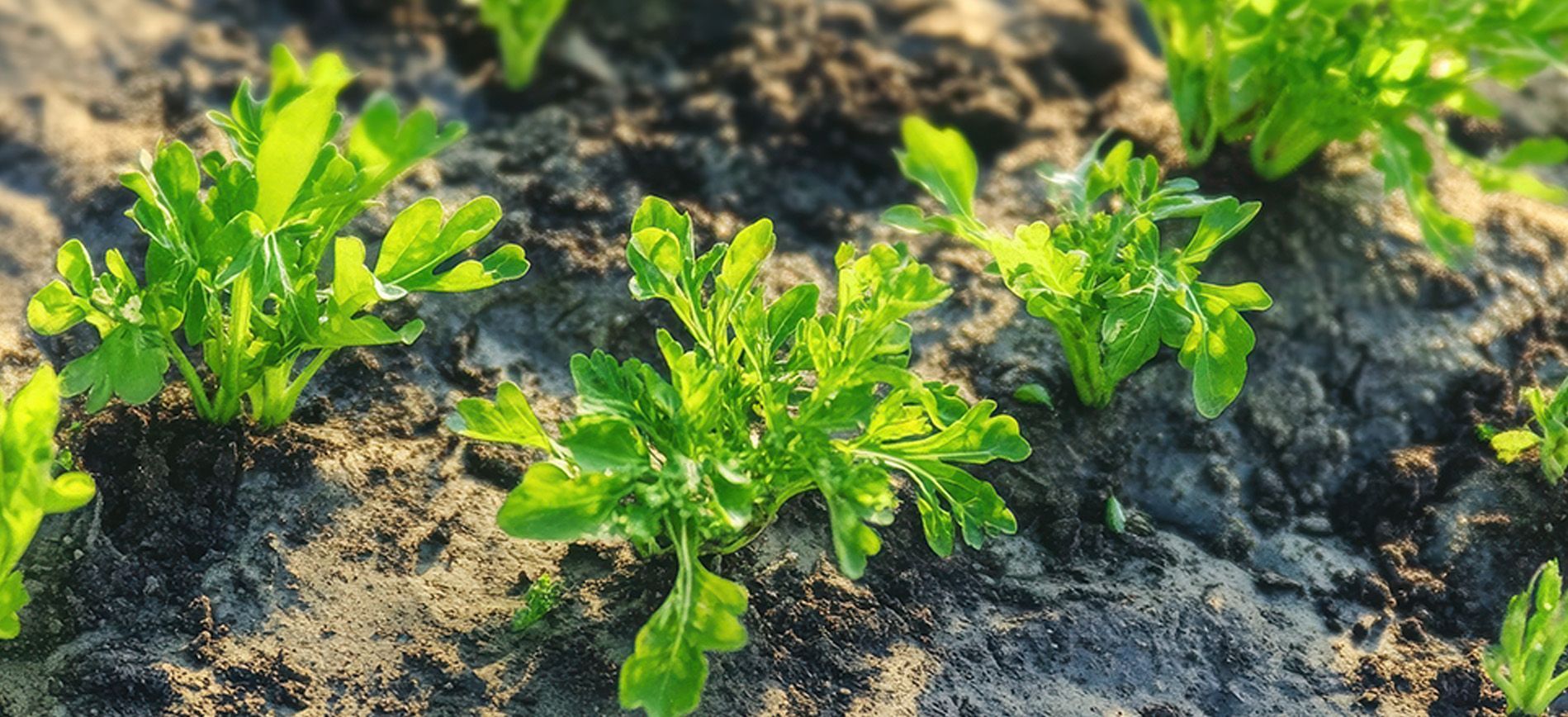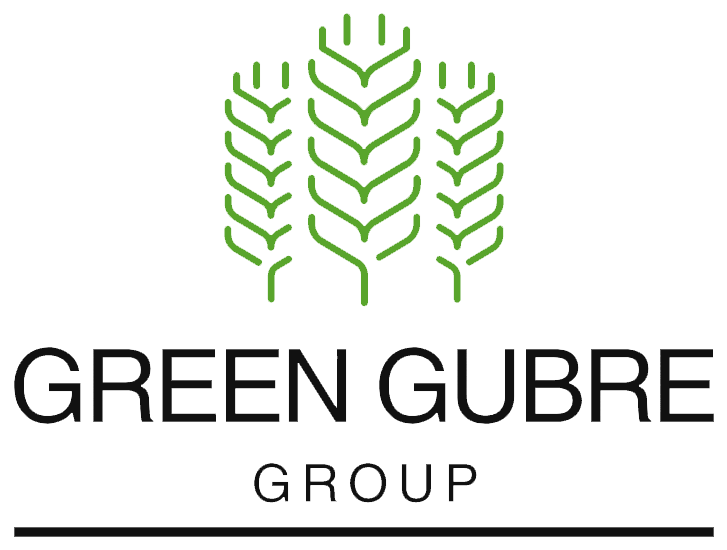Urea Market Outlook for Southeast Asia – Balancing Demand, Supply & Strategy in 2025
Urea Market Outlook for Southeast Asia – Balancing Demand, Supply & Strategy in 2025

A Region of Growing Demand and Tight Margins
Southeast Asia, home to some of the world’s fastest-growing agricultural economies, will remain a critical market for urea in 2025. Countries like Vietnam, Thailand, Indonesia, and the Philippines are major importers, yet they face unique supply chain risks and rising cost pressures amid global fertilizer volatility.
With ongoing market uncertainty—driven by geopolitical conflict, Chinese export controls, and freight disruptions—buyers across Southeast Asia must navigate tight pricing, fluctuating availability, and changing trade routes. In this blog, we explore the urea market outlook in the region, highlighting key trends, challenges, and strategic opportunities for suppliers and importers.
1. Market Demand: Consistent but Climate-Dependent
Southeast Asia’s urea demand remains strong, driven mainly by rice, corn, sugarcane, and palm oil cultivation. However, fertilizer consumption is increasingly linked to climate variability.
- Due to multiple planting seasons, Vietnam and Indonesia maintain year-round demand for both prilled and granular urea.
- Thailand’s demand peaks in Q2 and Q4, aligned with its wet season crop cycles.
- Climate-related events such as El Niño and La Niña have begun to reshape planting calendars and procurement cycles, especially in the Philippines and Cambodia.
As food security policies expand, governments in the region are increasing budget allocations for urea subsidies, making this a politically sensitive input.
2. Supply Constraints and Shifting Trade Routes
The urea supply outlook for Southeast Asia remains constrained in 2025 due to:
- China’s restricted export quotas and CIQ inspection delays limit prilled urea shipments from northern ports.
- Middle East freight surcharges have pushed CFR prices up by $10–20/MT.
- Indian tender spillover has redirected large volumes from the Arabian Gulf to South Asia and has reduced availability in East Asian markets.
Vietnam’s CFR granular urea price in April 2025 averaged around $432–435/MT, up nearly 15 USD from March. Meanwhile, smaller buyers in Laos and Myanmar struggle with price parity and rely on redistributed cargoes from Thailand or Malaysia.
3. Regional Policy & Domestic Industry Support
Several countries in the region are seeking to reduce dependency on imported urea through domestic initiatives:
- Indonesia is increasing urea output via Pupuk Indonesia’s expansion program.
- Thailand is subsidizing green ammonia pilot programs to explore future low-emission urea production.
- Malaysia continues to invest in storage and distribution infrastructure to ensure smoother seasonal supply.
These efforts are aligned with a broader ASEAN goal of increasing fertilizer resilience, especially as future disruptions are expected to continue.
4. Strategic Advice for Exporters and Traders
For global suppliers targeting Southeast Asia, long-term partnerships, flexible logistics, and differentiated product offerings are key:
- Offer both prilled and granular options to meet diverse market segments.
- Consider FOB + Freight strategies with multi-port access to mitigate delays.
- Align with local distributors who can efficiently navigate customs, subsidies, and rural delivery.
Digital integration—such as blockchain tracking and mobile-based order management—can also add value in a region increasingly seeking precision and transparency in fertilizer trade.
Conclusion: An Opportunity Worth Navigating
Southeast Asia’s urea market is marked by strong demand, growing complexity, and rising opportunity. Exporters who can balance reliability, flexibility, and policy understanding will continue to thrive. As the region seeks greater independence and sustainability in fertilizer sourcing, 2025 is a turning point for partnerships beyond price toward trust, tech, and tailored solutions.




